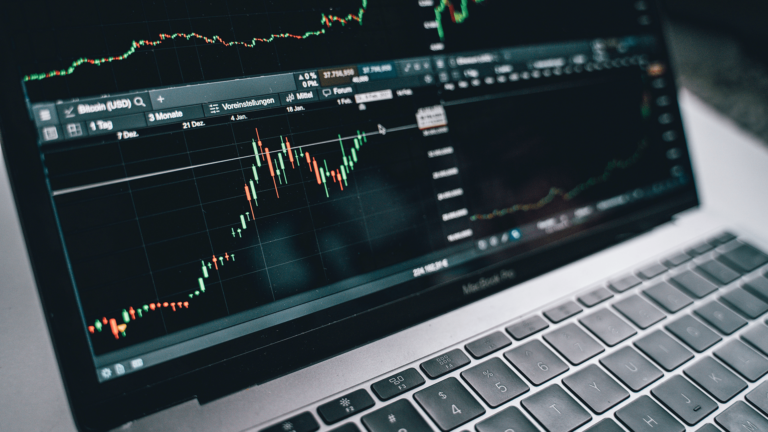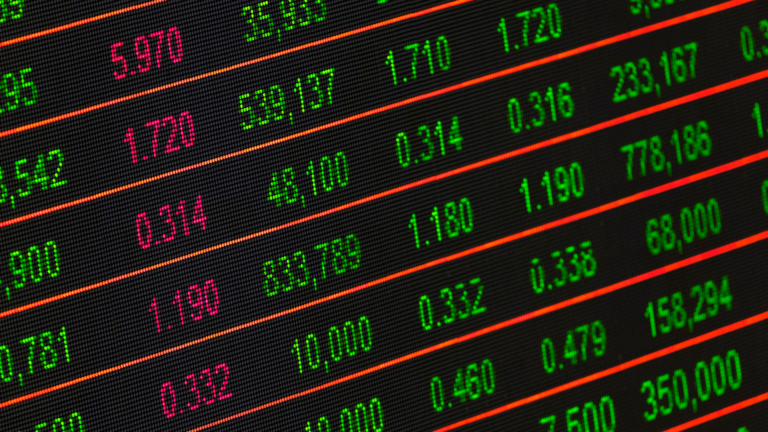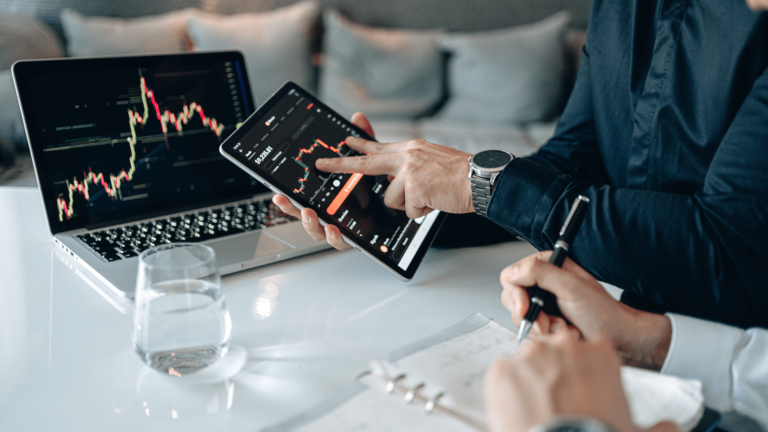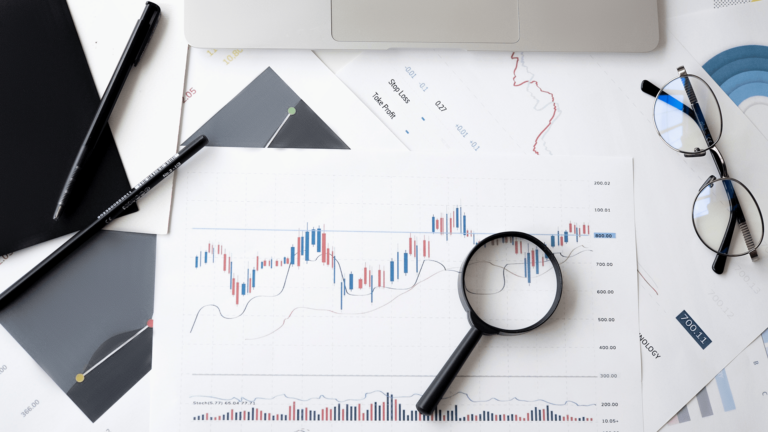Leverage and Margin in Forex Trading: Using Leverage Effectively
Introducing Leverage and Margin in Forex Trading
Leverage and margin in forex trading are two of the most important concepts to understand when beginning to trade foreign currencies. Leverage is a financial tool that allows traders to increase their potential profits, while margin is the amount of money required by an investor or trader as collateral for a loan.
Using Leverage Effectively
One of the main benefits of leverage is that it can magnify gains even if only small price movements occur in a currency pair. By making small investments in a currency pair, you can take advantage of large price swings by using leverage. For example, if you invest $100 with 100:1 leverage in EUR/USD at 1.10, a 0.50% move in either direction would result in a $50 gain or loss. However, it is important to understand that leverage can also magnify losses and should be used with caution. A wrong prediction may lead to huge losses which might be hard to recover from if using too much leverage. Therefore, it is recommended that traders use small amounts of leverage when they first start trading forex.
Using Margin Effectively
When trading with margin, you must first provide the required amount of funds before placing your order. This money acts as collateral for your loan and is known as the margin deposit or initial margin requirement. Although the initial margin requirement generally depends on the broker and financial instrument being traded, most forex brokers set a minimum requirement of 1%-2%. It is important to note that the margin requirement can change depending on your broker’s margin policies. For example, some brokers may reduce their requirements during periods of low volatility or offer discounts for high-volume traders. Therefore, understanding the concept of margin and how to use it effectively is essential in forex trading.
Different Types of Leverage and Margin Accounts
Finally, it is important to understand the different types of leverage and margin accounts available. Generally, brokers offer three main types:
- Standard Account – This type of account offers fixed leverage that is set by the broker and does not allow for any changes. It also requires small amounts of margin which often ranges from 1%-2%.
- Mini Account – This type of account offers lower amounts of leverage and requires a slightly higher amount of margin than a standard account. It is suitable for smaller traders who need a low risk/reward ratio when trading forex.
- Micro Account – This type of account is ideal for beginners as it allows traders to trade with very low amounts of leverage and margin requirements. The maximum leverage offered with this account type is often 100:1.
Understanding Risk when Using Leverage and Margin in Forex Trading
It is important to remember that trading forex with leverage and margin involves a high level of risk. Even if you are using small amounts of leverage, the potential losses can quickly add up if you make wrong predictions. Therefore, traders must understand the risks associated with leveraged trading before they start investing their money.
How to Calculate Leverage and Margin in Forex Trading?
To calculate the leverage and margin required for a trade, you must first determine your maximum risk. This is the total amount of money you can afford to lose on any given trade. Once this is known, you can then calculate the margin requirement by dividing the maximum risk by the leverage (Maximum Risk/Leverage). For example, if you want to open a position with an account leverage of 100:1 and a maximum risk of $500, then your margin requirement would be 5% ($500/$100 = 5%). If you were to use 10:1 leverage instead, then the required margin would increase to 50%. It is important to remember that different brokers have different requirements when it comes to calculating leverage and margin, so it is best to check with your broker before opening a position.
Strategies for Managing Your Risk when Trading with Leverage and Margin
When trading with leverage and margin, it is important to have a risk management strategy in place. This will help you limit your losses and ensure that you are not overexposed in the market. Some of the most common strategies include setting stop-loss orders, using proper position sizing, and diversifying your portfolio. Stop-loss orders allow traders to set predetermined points at which their trades will be automatically closed if they reach a certain level of loss. Position sizing helps traders manage their risk by determining how much of their account they should allocate to each trade. Diversifying your portfolio means investing in different instruments or assets so that not all of your capital is tied up in one position.
Conclusion
Leverage and margin in forex trading are important concepts that must be understood before beginning to trade foreign currencies. Leverage allows traders to increase their potential profits by making small investments in the currency pairs they are trading, while margin is the amount of money required as collateral for a loan. It is essential to understand how leverage and margin works and how it can affect your overall trading strategy. Different types of accounts offer different levels of leverage and margin requirements, so it is always important to research which type of account suits you best. Finally, it is important to remember that there is a high risk associated with leveraged trading and that losses can quickly add up if the wrong predictions are made.






